The historic centre’s unique blend of restored medieval Ottoman-Turkish and 19th-century Austro-Hungarian architecture makes a splendid backdrop for random strolling, bazaar bargains, inexpensive dining or sipping coffee in a caravanserai. And if you want to learn more about the tragic 1990s conflict, there are several thought-provoking museums and tours that will put things graphically in context.
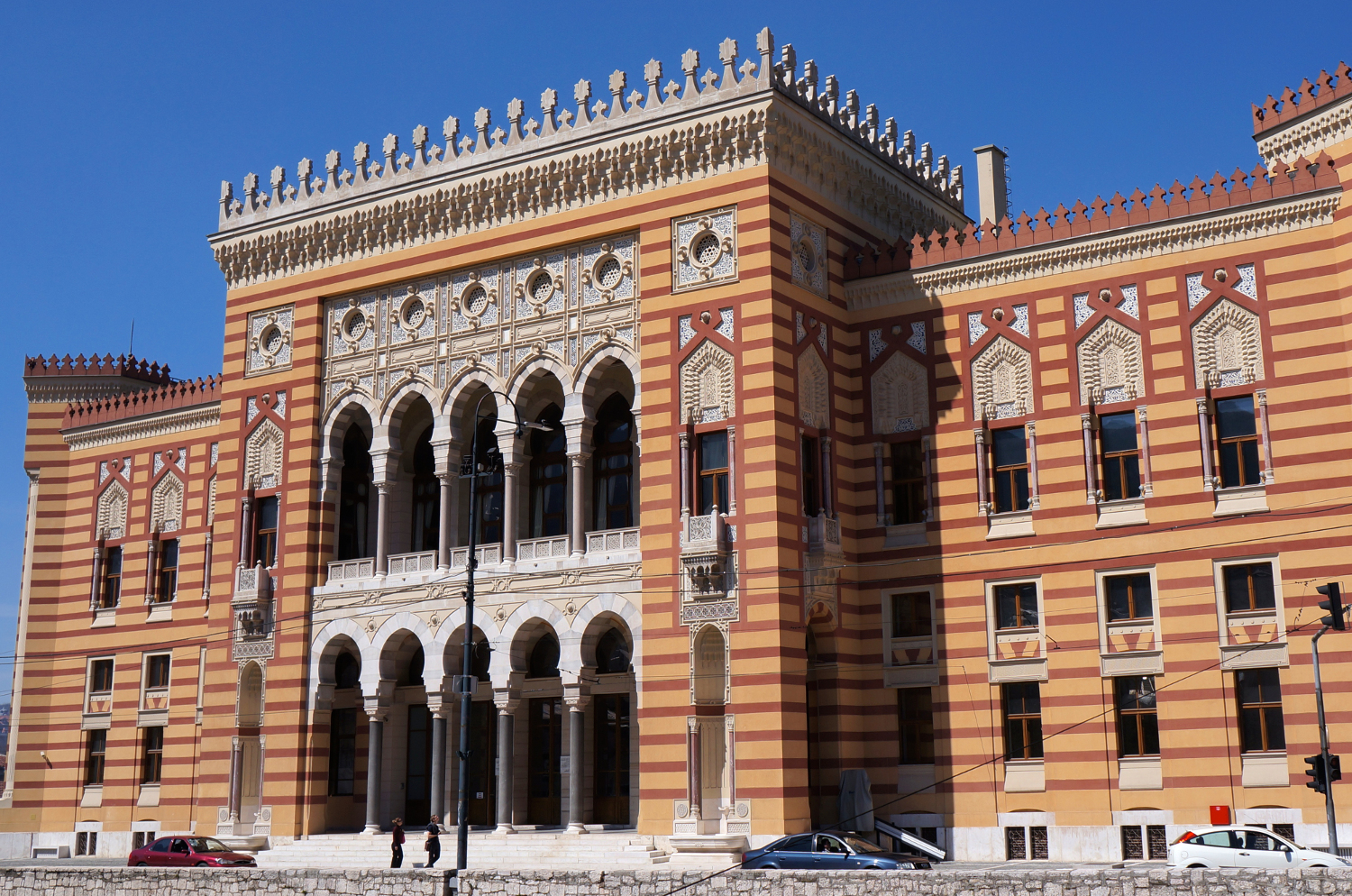
It’s around 9.15am as you step off the train at Sarajevo’s railway station after a very scenic journey from Mostar, Bosnia and Hercegovina's other main tourist town. If your bags aren’t too heavy, walk three minutes northeast to get your bearings – and a rejuvenating coffee – from the Avaz Twist Tower, the ‘Balkans' Highest Skyscraper’.
It might feel like you’re trespassing amid all the private offices, but jump into the super-fast elevator to the 35th floor and you’ll find Caffe 35, with views that lay the city out in front of you. Sip and stare. Hazily visible some 2km east is the old city, surrounded by tile-roofed houses and countless minarets. More directly across the valley is the mountain ridge down which the 1984 Olympic bobsleigh course once slithered. On the hilltop to the northwest is a curiously bulbous TV mast that was infamously blasted aflame in the 1990s siege. Journalists who covered the conflict spent much of their time cooped up in the custard-coloured Holiday Inn (now Hotel Holiday), barely ten minutes’ walk southeast of where you are now.
You can learn a whole lot more about the siege era at the maudlin yet highly effective History Museum which is diagonally south across a major road from the Hotel Holiday, just west of the sadly-closed National Museum. If you need another coffee, try Tito Cafe behind the History Museum, with its Yugo-nostalgia photos, army-helmet lamps and garden dotted with artillery pieces. Otherwise jump on tram 3 which rumbles past many of Sarajevo’s finest Austro-Hungarian facades and loops around the old city core. Chances are that one of the tram stops will be within a short stroll of your accommodation
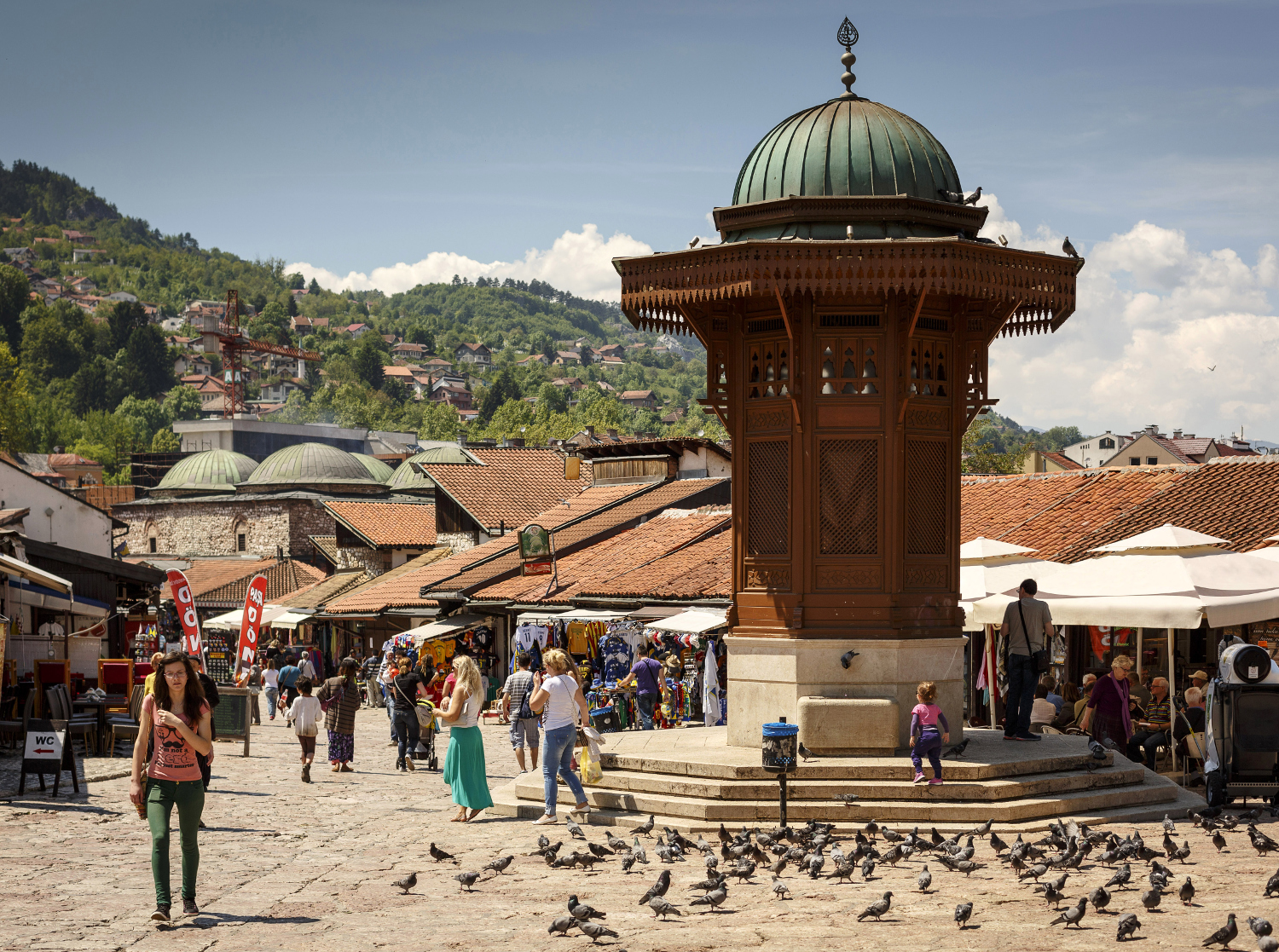
Having dumped your bags and freshened up, dive into the fascinating stone-flagged alleyways of Baščaršija (the old city), centred on self-explanatorily named Pigeon Square. Pick up a map and brochures from the handy central tourist office, then stroll aimlessly, admiring reincarnated mosques, caravanserais, stone-vaulted bazaars and low-rise shopping streets full of copperware and trinket salesmen. For lunch, lanes Bradžiluk and Kundurdžiluk are good for quick snacks – perhaps burek (meat- or cheese-filled filo-pastry rolls) at Bosna, or ćevapi (sausage-shaped lozenges of minced lamb) served with spongy bread and kajmak (savoury clotted cream) at Hodžić, Mrkva or Željo.
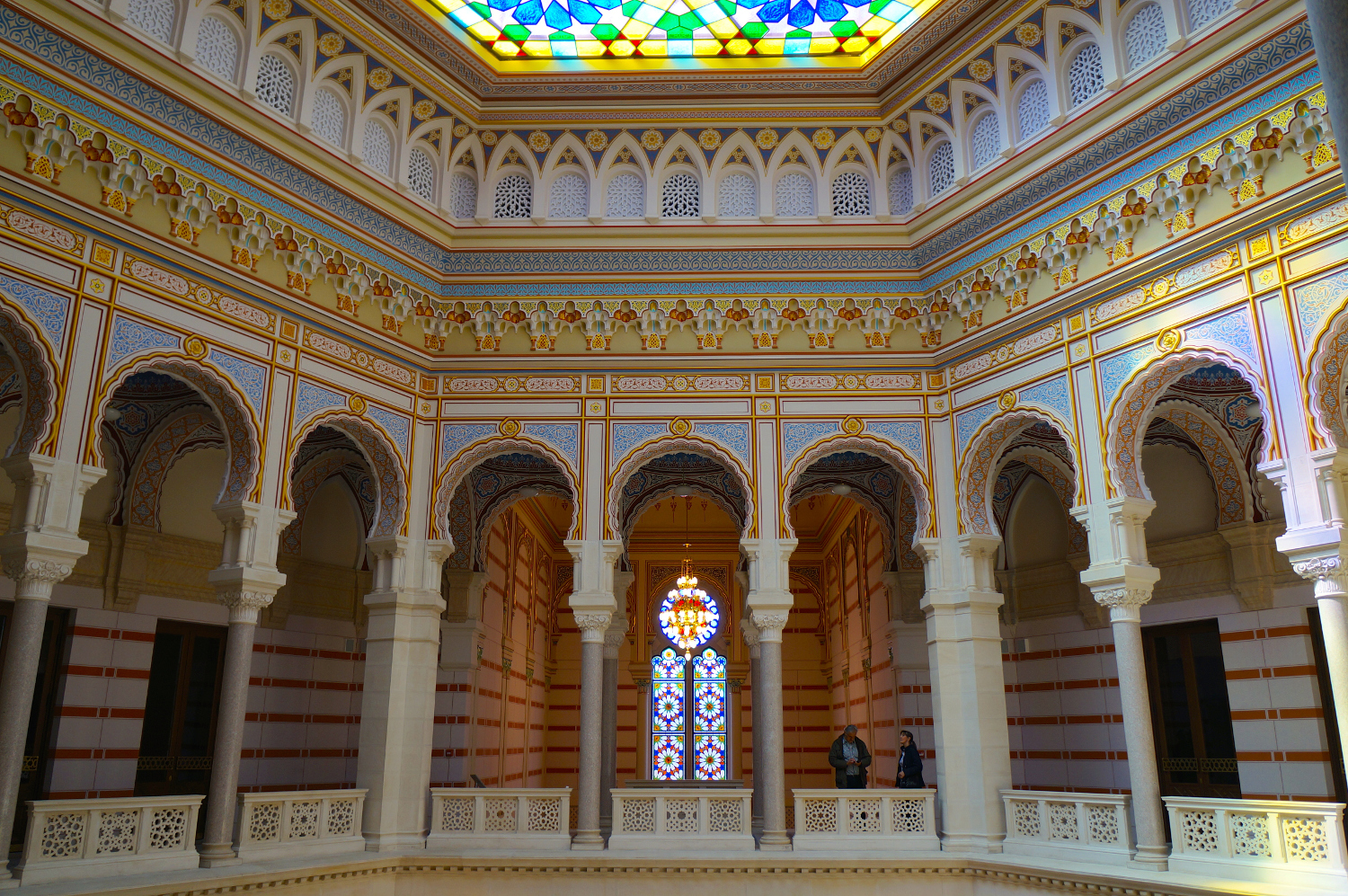
If you want a more substantial home-style Bosnian meal, cross the bridge to Inat Kuća (translating oddly as ‘Spite House’), a historic Bosnian house with traditional decor and a story to tell, as you'll read on the menu. From here there’s a well-framed view back towards City Hall, one of Sarajevo’s most splendid Austro-Hungarian-era buildings, which was used as the national library until 1992 when it was burnt down by Serb incendiary shells, destroying many irreplaceable books and documents. After painstaking reconstruction the building finally reopened to the public in 2014. While largely empty, the interior is well worth admiring for its neo-Moorish arches and hexagonal stained-glass ceiling.
In preparation for your second day, consider contacting one of Sarajevo’s many tour companies to discuss the available options. Easy to find is Insider, which has its own little museum about the 1990s Sarajevo Siege. While here, consider joining their ‘free’ walking tour at 4.30pm (tips expected; booking required), which provides a very useful introduction to many of the old city’s key sights. You’ll start off at the street corner facing the old stone Latin Bridge, the place where Austro-Hungarian Crown Prince Franz Ferdinand was assassinated in 1914, a deed which is commonly credited with setting off WWI.
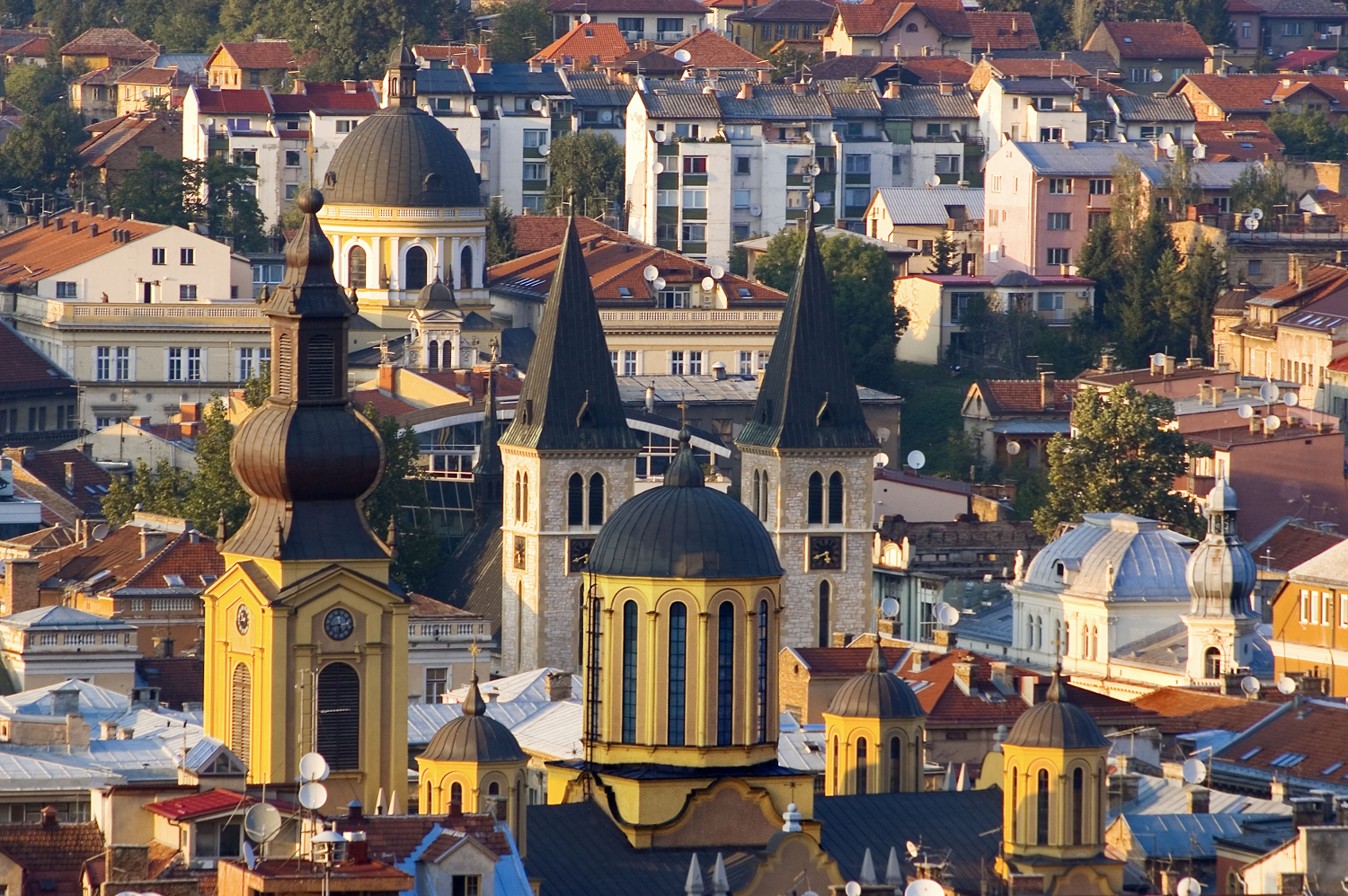
If that era of history intrigues you, arrive a little early and nip into the Sarajevo 1878-1918 Museum for more context. As you explore the city, contemplate Sarajevo’s comfortable jumble of mosques, synagogues, churches plus both an Orthodox and Catholic cathedral, which reflect centuries of tolerance from which the 20th-century wars proved such an aberration. Also look out for ‘Sarajevo Roses’, splotches of red concrete dotted here and there in the pavement, filling holes left by deadly grenade or mortar rounds that fell during the 1990s siege.
Before it gets dark, jump in a taxi (which should cost under 3 euros) up the hill to Park Prinčeva to watch the city lights twinkling in the dusk far below. The views are superb and there’s decent local and international food to match, yet prices are far lower than you might expect from a place where waistcoated staff have waited on a whole range of celebrities from Bono to Bill Clinton. Alternatively, simpler Kod Bibana has a super panorama of its own and feels a little less showy.
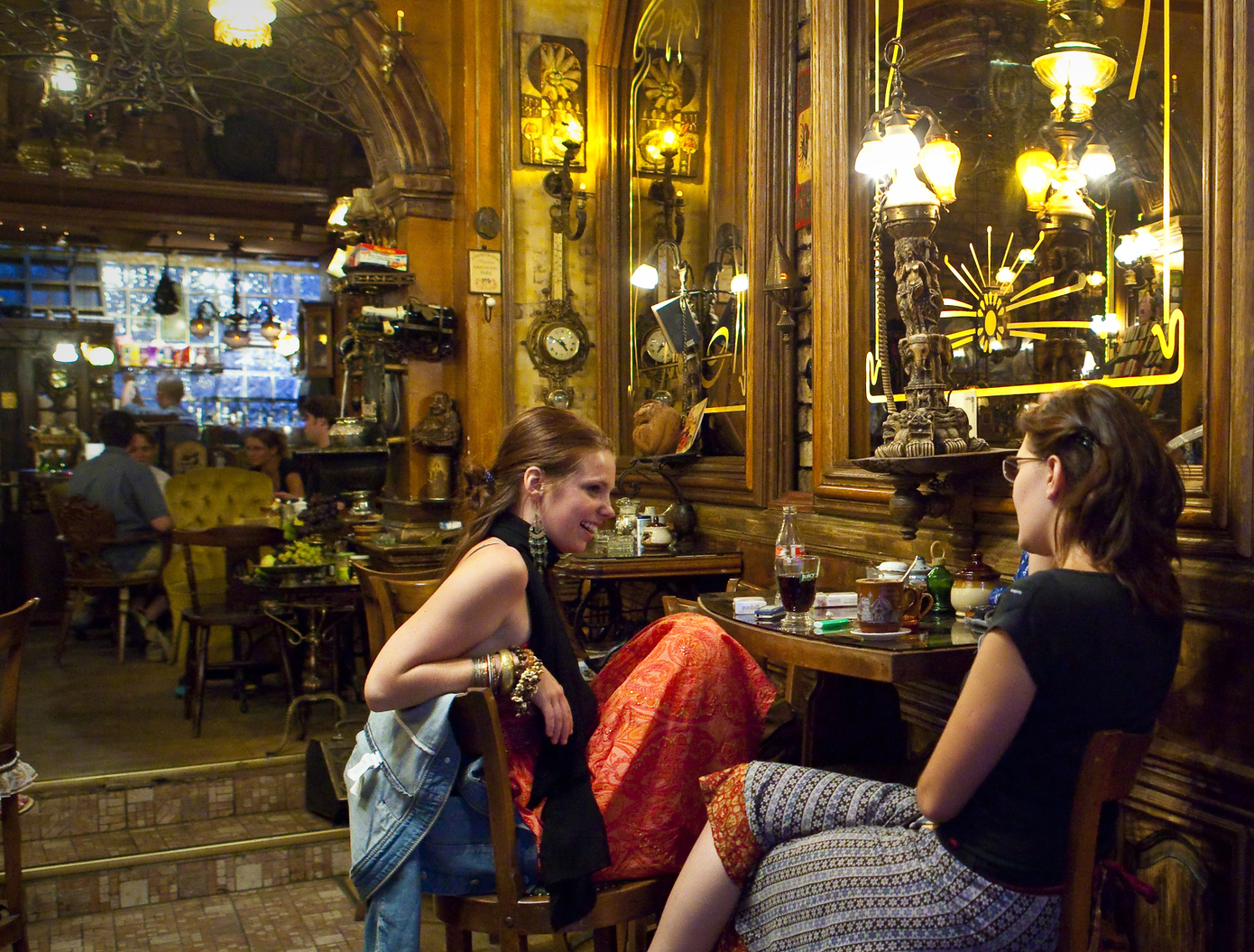
After dinner, return to the old city where the latest fad amongst Sarajevo’s youth is smoking nargile (hubble-bubble water pipes) in the open-air summer cafes that dot the courtyards behind the tourist office. Backpackers more often gravitate towards the lively 24-hour pub-pizzeria Cheers. But for more character order a little flagon of wine at the wonderfully eccentric Zlata Ribica, head to a jazz improvisation at Pink Houdini, or drink a piva (beer) or two at Cafe Barometar, where furniture is fashioned from old tubing, camshafts and submarine parts.
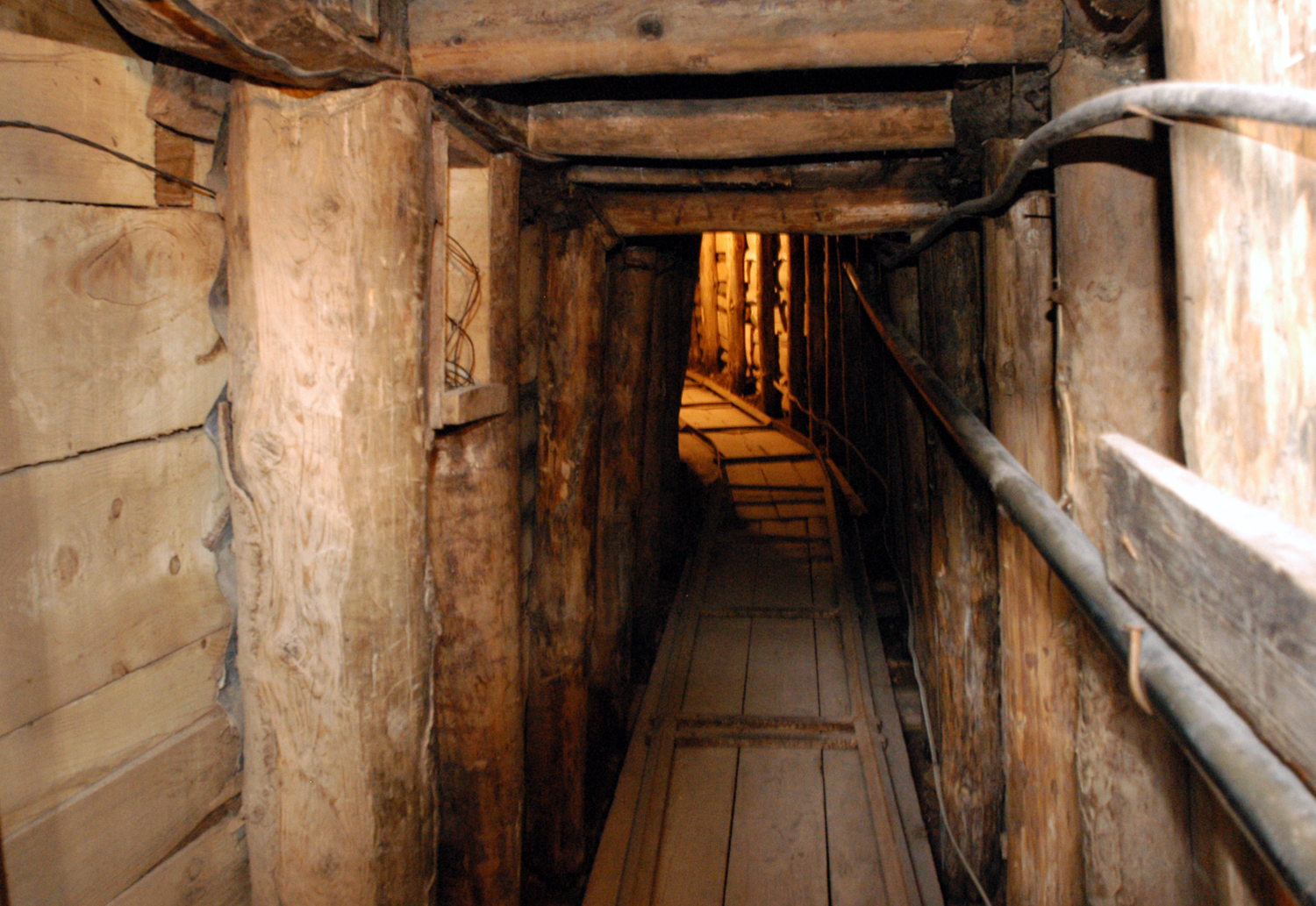
Sarajevo’s most compelling museum is based around a section of the hand-dug tunnel beneath the airport runway that proved a lifeline for Bosniak defenders during the 1990s siege. The shell-pocked house that once hid the tunnel's entrance now holds a small collection of wartime mementos, and there are films of the siege to watch in the garden cinema. The Tunnel Museum is a must-see, but its location is awkward to reach by public transport. Many visitors choose to join a group tour which combines the tunnel with a selection of other sights, war-themed or otherwise, sometimes for less than the cost of a return taxi from central Sarajevo.
Longer tours might include lunch and take you into the lush parklands of Ilidža or even up into the beautifully set mountain villages some 25km further from Sarajevo. But if you return to the city centre, tempting lunch options include the ultra-creative fusion restaurant Mala Kuhinja, the cute, mock-village styled Dveri, or lesser-known Bijela Tabija, high on a ridge with views over both the city and a deep-cut wooded valley.
Close to the city centre, but a world away in atmosphere, are the steep suburban lanes that lead up between little mosques and tile-roofed homes into the Bjelave and Vratnik areas. Pop into the Svrzo House museum, a beautifully furnished example of a once typical Sarajevan homestead. Have a herbal tea or coffee-with-sherbet at delightful Čajdžinica Džirlo. Then stroll past cemeteries and old city walls to the Yellow Bastion of the Vratnik citadel for sweeping views. Or, if you chose to eat lunch at Bijele Tabija, do all this in reverse.
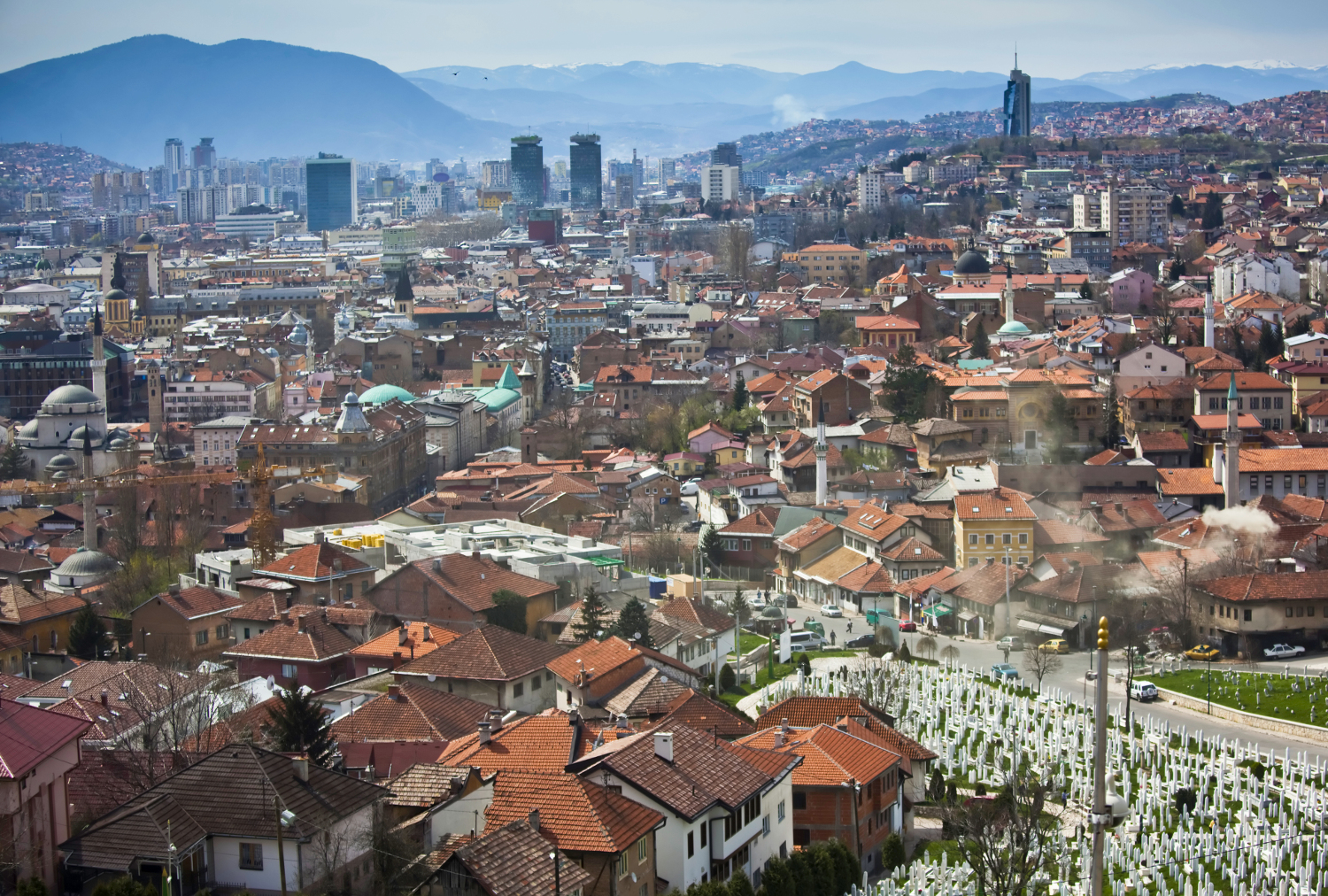
Cross the river, passing the 1565 Emperor’s Mosque and the century-old Franciscan monastery of St Anthony’s, then take refuge in Pivnica HS. This grand, cavernous beer hall is attached to the Sarajevska Brewery, and a great place to sample their brews. But it also serves a fine range of local meals and serenades diners with live music most evenings. Alternatively, for something cosier in the old town, try To Be or Not to Be, whose name was taken from a defiant siege era poster. Then check out a party night at Sloga, a rock concert at Underground, taste local vintages at Dekanter wine bar or linger over tea at the magical Morica Han caravanserai... perhaps the best bet if you need to get up for the 6am bus to Belgrade tomorrow.
Walking The central Baščaršija area is best seen on foot.
Taxi A taxi rank just across the Latin Bridge from Baščaršija is well positioned for the drive to Park Prinčeva. Or call reliable metered cab company Paja Taxi.
Bus and tram Tickets cost 1.80KM (about 90 euro-cents) or 1.60KM if pre-purchased at a kiosk. Stamp the ticket once aboard.